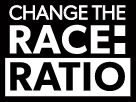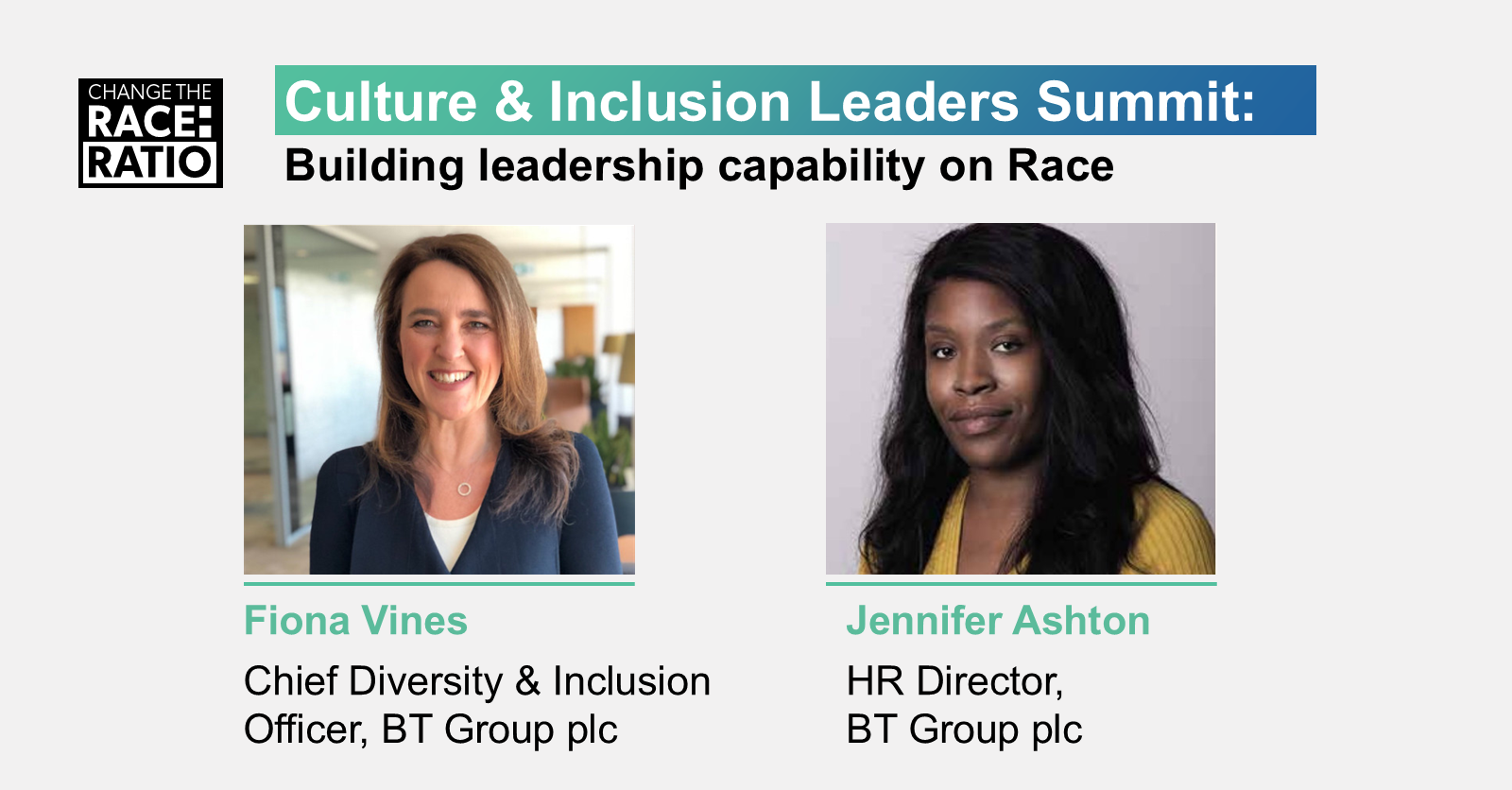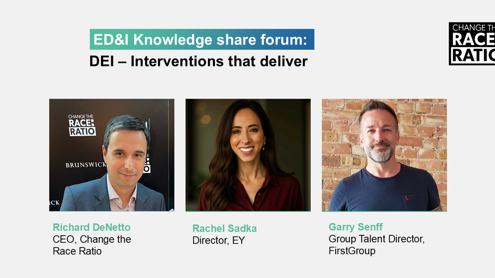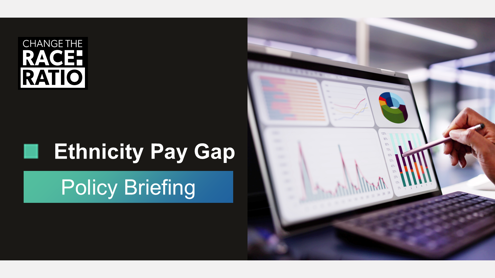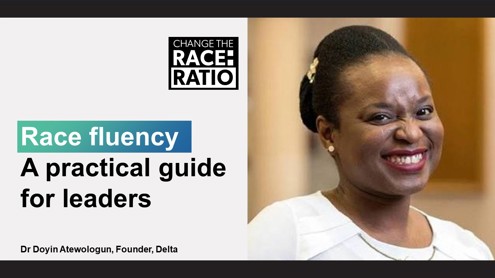At our recent Change the Race Ratio Culture & Inclusion Summit, senior inclusion practitioners came together to reflect on The Model Black, a book that has sparked honest, necessary conversations across industries. Written by Barbara Banda, the book introduces the concept of the "Model Black" a theory based on a series of executive interviews that successful Black leaders often feel pressure to fit-in to white-dominated norms to be accepted. This includes modifying language, behaviour, appearance, and ambitions to fit into predominantly white workplace cultural norms.
For leaders committed to building inclusive organisations, the book offers a powerful challenge: to see, understand and dismantle the invisible structures Black colleagues are navigating every day.
The book introduces the “Model Black” figure, a Black employee who must consistently prove their value, avoid making others uncomfortable, and carefully balance visibility with perceived threat. A delegate at the summit, spoke of the emotional toll of “scanning”, the constant internal calculation about when to speak, when to stay silent, and how to act, as exhausting. This is not theoretical. It shapes careers. It shapes wellbeing. And it often goes unseen by white colleagues. Comments about hair, clothing, or communication styles, while seemingly small, can trigger what the book calls “the Jolt”: a moment that reinforces difference and triggers trauma. Leaders reflected on the importance of being aware of these micro-moments and creating space to acknowledge them and call out micro aggressions, especially in environments where cultural norms are shaped by insularity.
Takeaway: Train and empower managers to spot and address microaggressions early and set clear expectations on behaviour and inclusion through leadership accountability, not just values and statements.
Banda writes that Black professionals must often navigate power differently and alone. The feeling of being “the only one” in the room creates a false narrative: that it’s a personal problem rather than a structural one. Forum discussions pointed to the importance of moving beyond mentorship to active sponsorship, someone who will advocate for black talent when they’re not present. Jennifer Ashton, HR Director at BT Group, shared that sponsorship, not mentorship, has moved the dial in her career. As the book argues, access to power must be intentional and not accidental.
Takeaway: Build structured sponsorship programmes linked to promote pipelines. Select sponsors based on influence, not enthusiasm, and train and support sponsors to sure their power and influence for the benefit of the sponsee.
Syreeta Brown, Vice-Chair of Change the Race Ratio, also expressed that we must look beyond the headline data. Many global organisations can’t see the full picture because self-ID is patchy and engagement surveys aren’t designed to pick up racialised experiences. Forum participants echoed this – unless organisations are asking the right questions, they may not even see when “the Jolt” is happening. Forum delegates agreed that equity must be locally led even in global strategies, and that complexity can’t be an excuse for inaction.
Takeaway: Audit your employee experience by data and ethnicity. Where data is weak, invest in localised self-ID campaigns and qualitative listening exercises to fill the gaps.
One of the strongest challenges from The Model Black is its call to reframe how we talk about inclusion. The so-called “business case” for race equity was questioned by leaders like Syreeta. The real case, she argues, is about fairness. It’s about strategy. And it’s about leadership. EDI work isn’t about branding, language, or box-ticking. It’s about embedding equity into how decisions get made and that starts in the boardroom. As Banda’s book makes clear, it’s not about fixing the individual, it’s about changing the system.
Takeaway: Embed equity goals into strategic planning, reward structures and board governance with regular reporting and accountability for progress.
